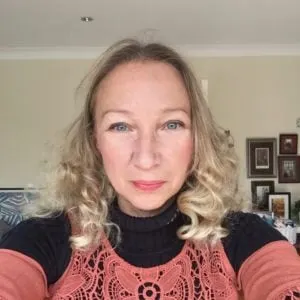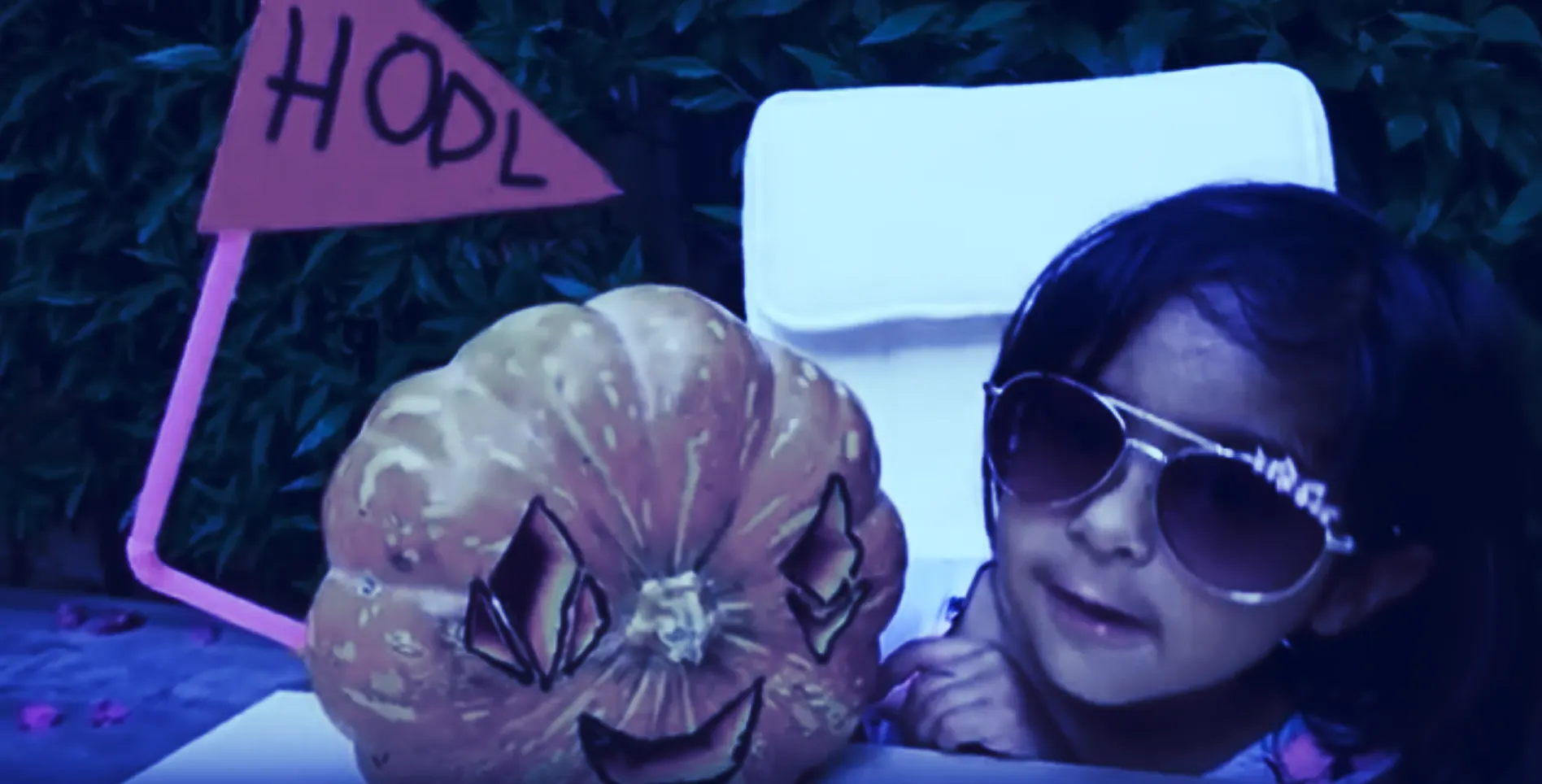Alena was just seven when, as part of a project called Blockchain Kids, she jetted off to top cryptocurrency conference, Block Hedge, in Bangkok. She was by far the youngest attendee on record at this, or any blockchain conference, says Saleem Qureshi, the orchestrator of the stunt to promote the project. How much of a grasp Alena really has on the technology is moot. But videos shot in her home town of Karachi featuring her and other children espousing crypto terminology make for compelling viewing. Here she is talking about atomic swaps.
Alena is—literally—the poster child for a scheme to pull disadvantaged children—some as young as four—out of poverty, by teaching them about crypto.
Decrypt first got to hear about the Blockchain Kids initiative when Pakistani entrepreneur Qureshi, got in touch to say he wanted to use our article, on CREATE2, as part of his syllabus. Intrigued as to how anyone could teach this stuff to kids (when we could just about understand it ourselves) we got him on the phone. We wanted him to explain the rationale behind his latest initiative, Slum Block Millionaire. Could it really help children in some of the poorest areas in the world?
“Slum Block Millionaire is a social venture we’re putting together to help kids from disadvantaged communities learn the vocabulary of blockchain, to identify the shapes and the logos of, say, Ethereum and Dash,” Qureshi told us. He sent us a video to illustrate how this could be done.
“At the end of the four-week program, this language was becoming a part of their lexicon,” said Qureshi. “If you put blockchain in context they will understand it immediately. It’s about dumbing it down and contextualizing it, so that it can be understandable by kids.”
Qureshi admits that the program, which is free, is more of an experiment than anything else, but he’s also adamant that given the opportunity, these children can grasp blockchain concepts which adults struggle to understand. Older children, he said, were able to easily understand what decentralization meant.
The aim, he says is, “to get them involved in different projects, or get them internships, which they can do remotely, to give them a fighting chance.”
We were skeptical, to say the least. Advocating for kids learning about new technology is one thing, trying to push kids into unpaid internships is quite another. The project has no recognized academic backing and no formal results have been published on the efficacy of such a scheme, other than the videos. Qureshi plans to publish data, once more is gathered, but is currently relying on the videos he’s recording to prove his point.
He says he’s not looking for funding and is bankrolling the project himself, from the profits of one of his other initiatives, the Assessment Fund, which performs employment assessments in the Philippines.
Various organizations, he says, have partnered with the project, however, Qureshi declined to name them. Blockchain Kids and “Slum Block Millionaire” are part of a wider program called the Lincoln Method, which Qureshi began 18 months ago. There’s been uptake, he says, from all over the world. The organization also launched Compton Rising—a program that works with disadvantaged communities in Los Angeles, and teaches them life skills, alongside blockchain.
With no quantifiable evidence, it’s difficult to take Qureshi’s aims with anything more than a pinch of salt. Nevertheless, he’s managed to impress some heavyweights. Unilever's CEO, Paul Polman “loved the idea,” says Qureshi. And in the video below, he certainly looks enthusiastic.
We tried to find out more but, sadly, Polman, is now no longer Unilever’s CEO and, with him gone, it’s uncertain whether the giant corporation will follow up its initial interest. Qureshi is unfazed and says he’s not looking for recognition. Perhaps it’s enough that his friends call him “Education Ghandi” for his efforts.

